Scientists discover an unusual chiral quantum state in topological material
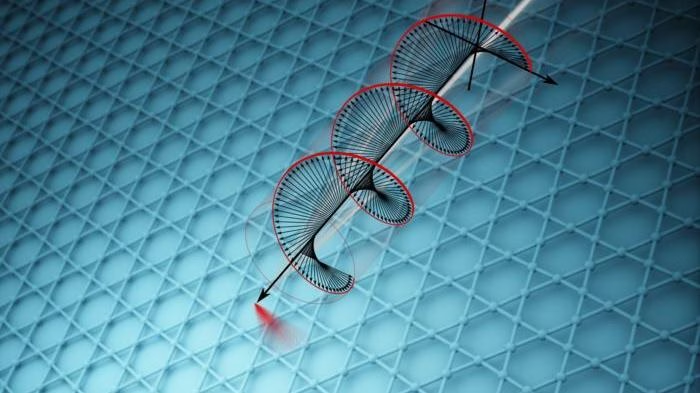
Researchers at Princeton University reveal hidden ‘handedness’ quantum state, using advanced scanning photocurrent microscopy technique.
Origin of life twist: New hypothesis on how first sugars formed

Scripps Research and Georgia Institute of Technology reveal branched sugars, not linear ribose, formed prebiotic Earth.
Special breathalyser can detect kidney disease

Researchers at University of Rome Tor Vergata have developed a sensor that identifies elevated ammonia levels, indicating kidney dysfunction.
‘Wood you believe it?’ Engineers fortify wood with eco-friendly nano-iron
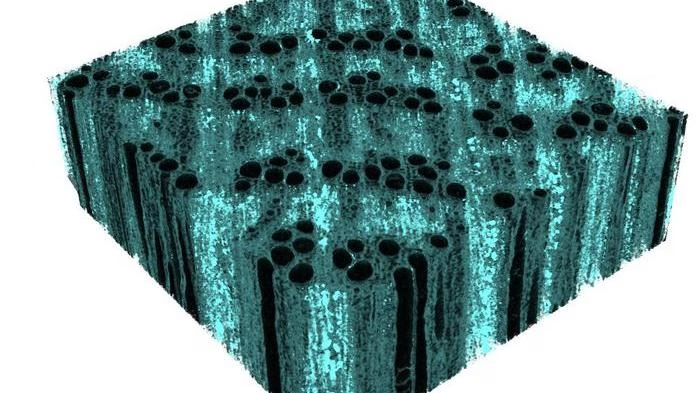
Florida Atlantic University researchers find nanocrystalline iron oxyhydroxide strengthens wood cell walls with minimum extra weight.
Waste to wealth: Pomelo peel can be used for electricity generation and sensing devices
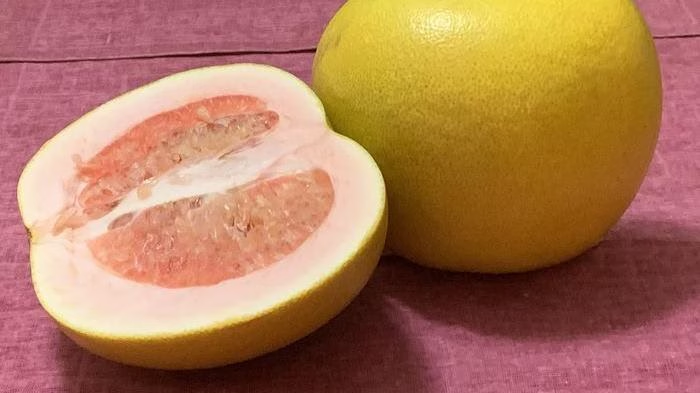
University of Illinois researchers transform discarded pomelo peels into sustainable energy sources, reducing food waste significantly.
‘Eco-friendly’ plant-based plastics linked to organ damage
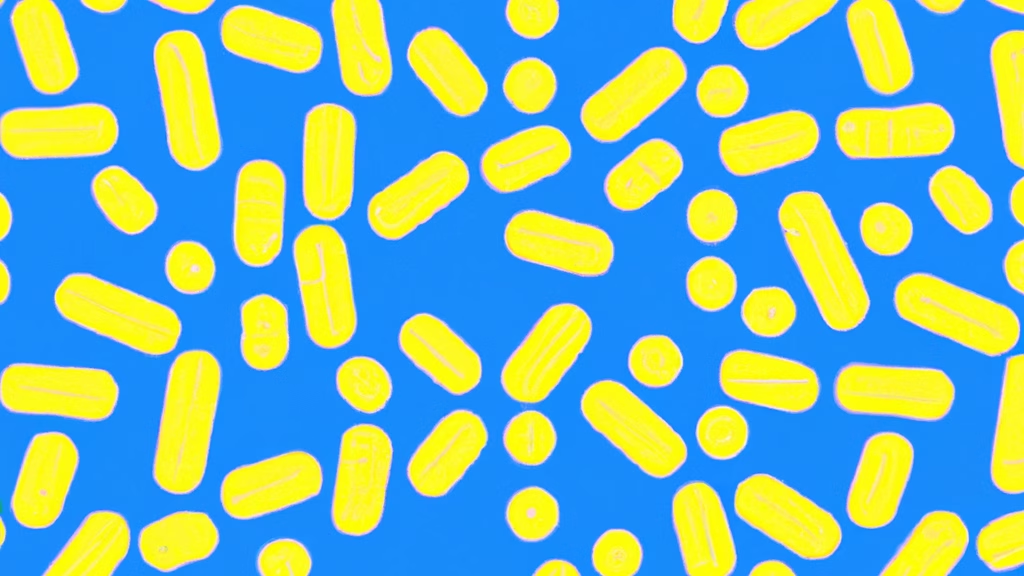
Researchers at Zhejiang University discover liver damage and gut imbalances in mice from biodegradable starch plastics exposure.
Printed skin to replace animal testing
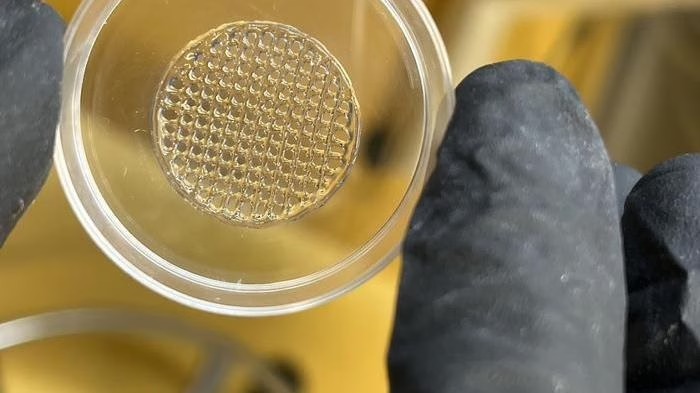
TU Graz and Vellore Institute researchers develop 3D-printed skin with living cells, enabling animal-free cosmetic nanoparticle tests.
A safe nuclear battery that could last a lifetime
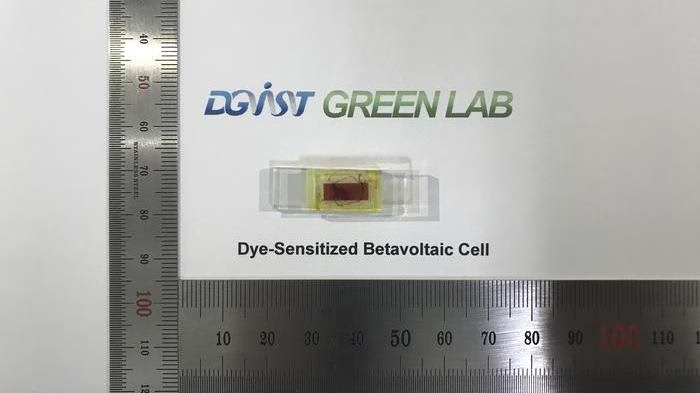
Researchers at Daegu Gyeongbuk Institute of Science & Technology are developing nuclear batteries using radiocarbon, offering decades-long power without recharging.
Artificial DNA-nanoparticle motor breaks speed record
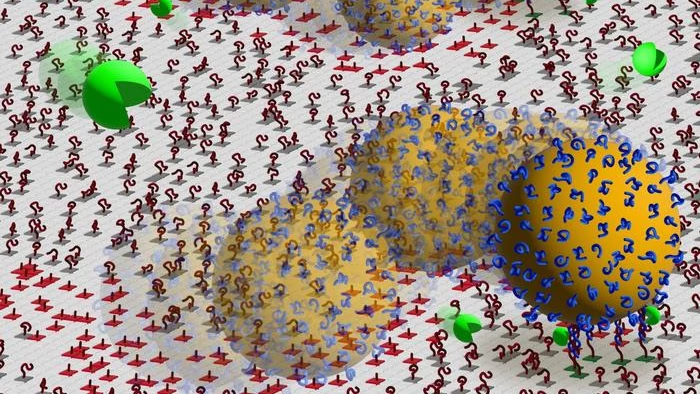
Scientists at National Institutes of Natural Sciences in Japan have built a DNA-based motor surpassing 30 nm/s, comparable to natural motor proteins’ speed.
Yale chemists synthesize unique anticancer molecules using novel approach
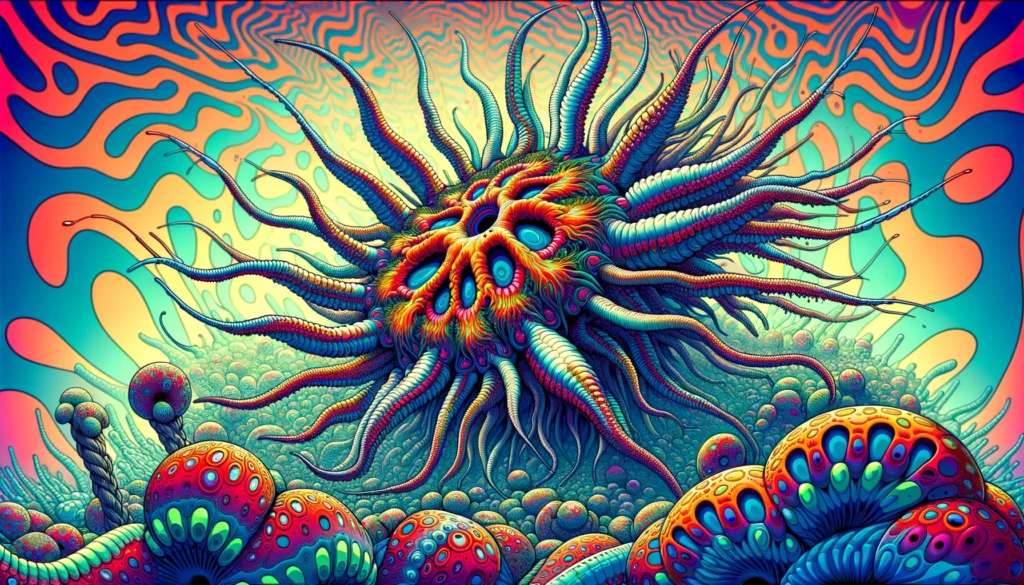
A team of Yale chemists has successfully synthesised a unique class of anticancer molecules from bryozoans, marking a significant breakthrough in synthetic chemistry and potentially opening new avenues for medication development.
